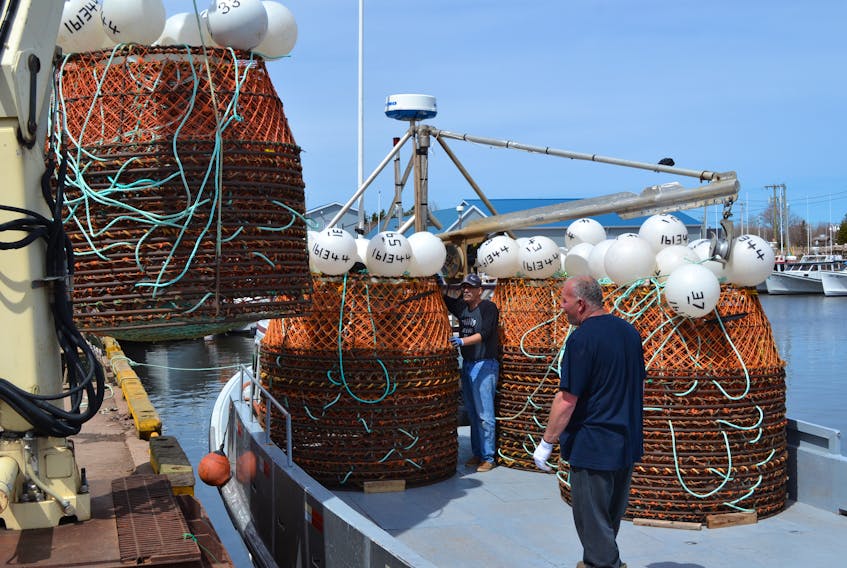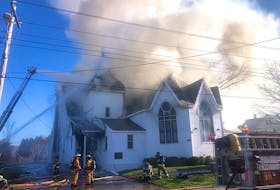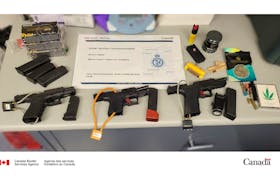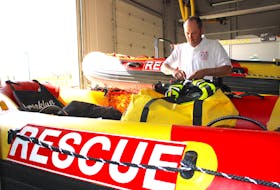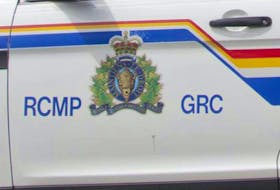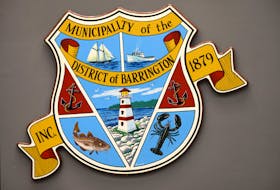ALBERTON, P.E.I. - It could be just a matter of time before Prince Edward Island’s snow crab fleet is directly impacted by the return of North Atlantic right whales to the Gulf of St. Lawrence, says Carter Hutt, president of the P.E.I. Snow Crab Fishermen’s Association.
The Department of Fisheries and Oceans announced on Sunday the closure of six fishing area grids, measuring about 600 square miles, due to surveillance flights spotting two right whales in that area.
“That’s a long way from us,” said Hutt, who indicated P.E.I. boats don’t sail that far to fish for snow crab.
He said Gaspe, Que., area boats and mid-shore boats from New Brunswick that fished within those grids will have to move their gear elsewhere.
However, the Island boats will be indirectly impacted by the closure, he said, because more boats will be squeezed into the area where they are fishing.
Related: Right whale deaths impacting lobster fishery
Related: First North Atlantic right whale of season seen off N.S. amid fishing concerns
There has also been a large static closure area in effect ever since the fishery opened because right whales were known to be in that area last year. Hutt estimates 10 to 15 members of the 27-boat P.E.I. fleet had fished in that zone and they are now forced to fish closer to home. Hutt doesn’t think any whales have been spotted in that static closure area yet.
He knows there’s potential for more closures.
“It’s a constant concern, for sure. (The whales) can land in our area or some other area. (DFO does) those flights, and whenever they spot the whales they automatically put a closure up.”
“Maybe these (whale migration) patterns have been developing or have been in place for a few years now and we just didn’t have the information, so I think it’s going to be good for everybody to have more surveillance and more timely information coming back to the industry on what’s going on.”
-Ian MacPherson
Special measures are being taken this year to protect right whales from fishing gear entanglement and ship strikes following an unprecedented mortality rate of the endangered marine mammals last year.
The P.E.I. Fishermen’s Association also had a snow crab allocation which it sold in a live auction. PEIFA managing director Ian MacPherson said the subsequent buyers landed about 45 per cent of that allocation thus far. There was no draw for quota this year, so proceeds from the auction are being divided equally among all fishermen who would have been eligible for a draw.
MacPherson said the PEIFA is hopeful the buyers of the allocation catch the remaining 55 per cent of their quota before the season closes June 30.
Besides the potential of having new closures imposed, Hutt said the entire southern gulf fleet is dealing with a reduced catch rate. He doesn’t think any of the 27 P.E.I. boats are anywhere near reaching their individual quotas. He said boats are returning to port with five to seven thousand pounds of crab whereas they would have had about 12,000 pounds per trip two years ago.
While the $5.25 per pound they are getting for their catch represents a 25-cent increase over last year, he said expenses per trip are the same and fishermen are having to make a lot more trips.
Hutt said the reduced catch rate and the shrinking crab grounds mean a lot more activity on the water.
“Everybody’s on the move looking for crab. Everybody’s moving their gear, for sure.”
MacPherson welcomes the extra surveillance that’s taking place this year.
“Maybe these (whale migration) patterns have been developing or have been in place for a few years now and we just didn’t have the information, so I think it’s going to be good for everybody to have more surveillance and more timely information coming back to the industry on what’s going on.”

